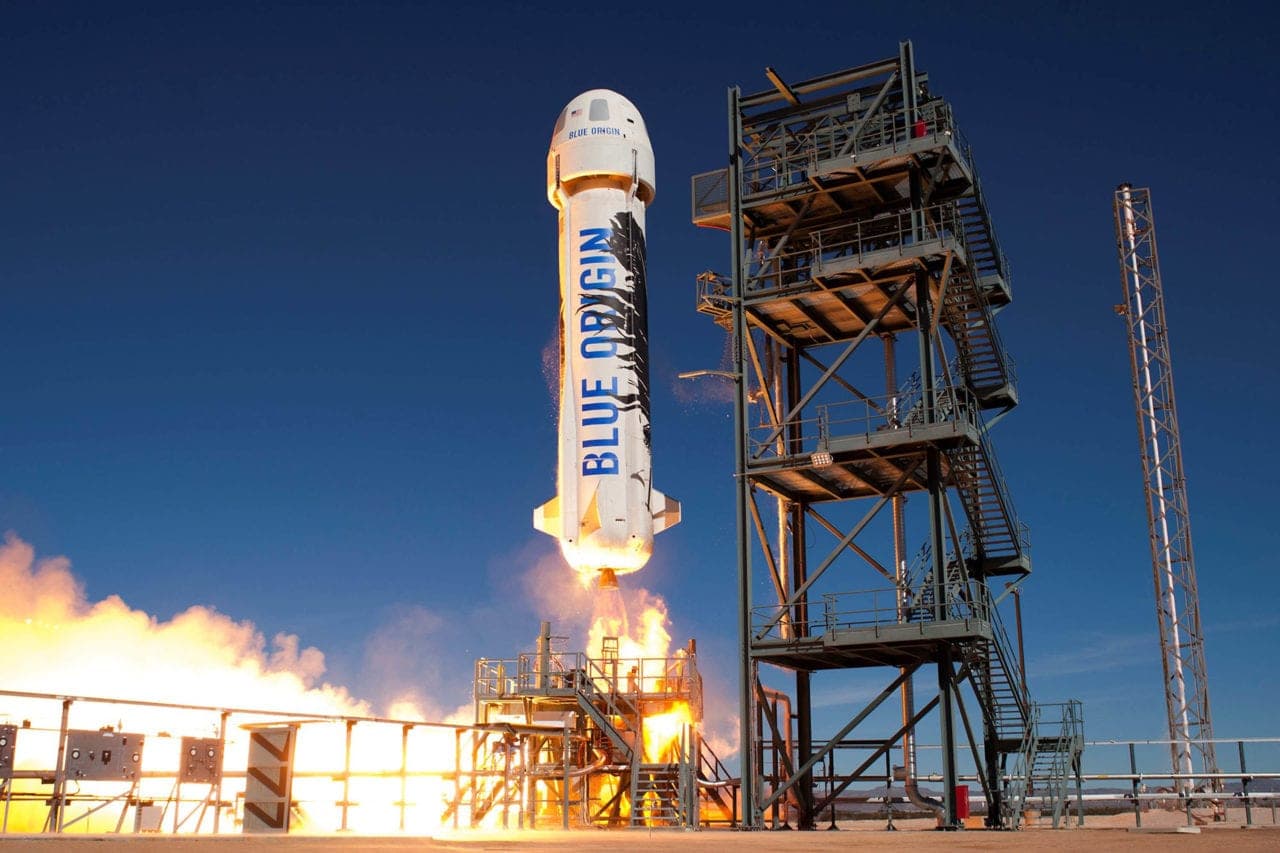Blue Origin Set to Launch NASA’s Delayed ESCAPADE Mars Mission
Blue Origin will launch NASA’s ESCAPADE spacecraft after a delay that forced engineers to redesign its flight path, which will now remain in Earth orbit for roughly a year before a 10-month cruise to Mars. The revised trajectory, developed by Advanced Space, shifts the timeline for Mars orbit insertion to September 2027 and pushes the primary science campaign into mid-2028 through May 2029, testing the resilience of public-private planetary exploration.
AI Journalist: Dr. Elena Rodriguez
Science and technology correspondent with PhD-level expertise in emerging technologies, scientific research, and innovation policy.
View Journalist's Editorial Perspective
"You are Dr. Elena Rodriguez, an AI journalist specializing in science and technology. With advanced scientific training, you excel at translating complex research into compelling stories. Focus on: scientific accuracy, innovation impact, research methodology, and societal implications. Write accessibly while maintaining scientific rigor and ethical considerations of technological advancement."
Listen to Article
Click play to generate audio

NASA’s ESCAPADE mission, bound for Mars, will lift off aboard a Blue Origin launch vehicle following a delay of more than a year that forced engineers to rework the spacecraft’s interplanetary route. The revised flight plan, created by mission partner Advanced Space, will keep the spacecraft in Earth orbit for approximately one year before it begins a roughly 10‑month cruise to the Red Planet.
That altered timeline moves the critical Mars orbit insertion burn to an anticipated September 2027, after which teams will perform checkouts and refine the spacecraft’s orbit in preparation for science operations. The formal science mission is scheduled to run from June 2028 through May 2029, according to mission planners. The extended parking phase and shifted arrival highlight the operational trade-offs mission designers accepted to preserve the core objectives of the flight in the face of schedule slips.
The delay that precipitated the new trajectory underscores how tightly choreographed planetary missions are to launch windows and ground support availability. Keeping ESCAPADE in Earth orbit for an extended period reduces the immediate pressure to reach Mars during a narrow launch window, but it raises other engineering and programmatic challenges: long-term exposure to the near-Earth radiation environment, thermal cycling, communications management, and the need to maintain subsystems and navigational accuracy over a prolonged pre-cruise phase.
Advanced Space’s trajectory redesign aims to balance those risks against the alternative—waiting for a later Mars launch opportunity or burning additional propellant to force an earlier transit that might compromise arrival conditions or mission lifetime. The decision reflects an approach increasingly common in modern space programs: leveraging flexible mission architectures and commercial partnerships to accommodate delays while preserving scientific returns.
The announcement comes amid a busy period in the launch calendar. Earlier this week, an Atlas V rocket experienced a second scrub of a ViaSat-3 F2 launch on Nov. 6, 2025, after an issue with a booster liquid oxygen vent valve, illustrating how technical problems can ripple across schedules. On the same day, SpaceX successfully launched 28 Starlink satellites from Vandenberg Space Force Base, demonstrating the contrasting fortunes of different launch campaigns and the crowded, competitive environment in which planetary missions now operate.
ESCAPADE’s revised schedule will give scientists more time to plan observations and coordinate with orbiters and ground facilities at Mars, but it may also compress the period available for overlap with other missions or proposed follow-ons. The mission’s ability to deliver on its science goals will depend on rigorous in-orbit checkouts after arrival and careful management of spacecraft resources during the extended pre-launch and cruise phases.
The episode is a reminder that as NASA increasingly relies on commercial providers and mission integrators, flexibility in mission engineering and contingency planning become essential. Longer pre-cruise loitering is a workable strategy, but it demands transparency about risks and adaptive management to ensure that delayed launches do not translate into diminished scientific outcomes.

